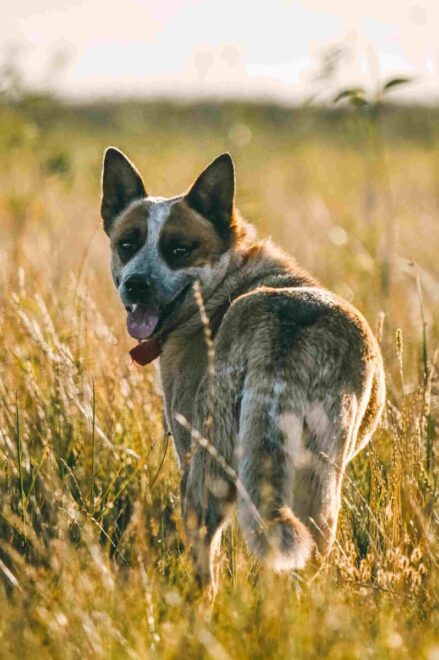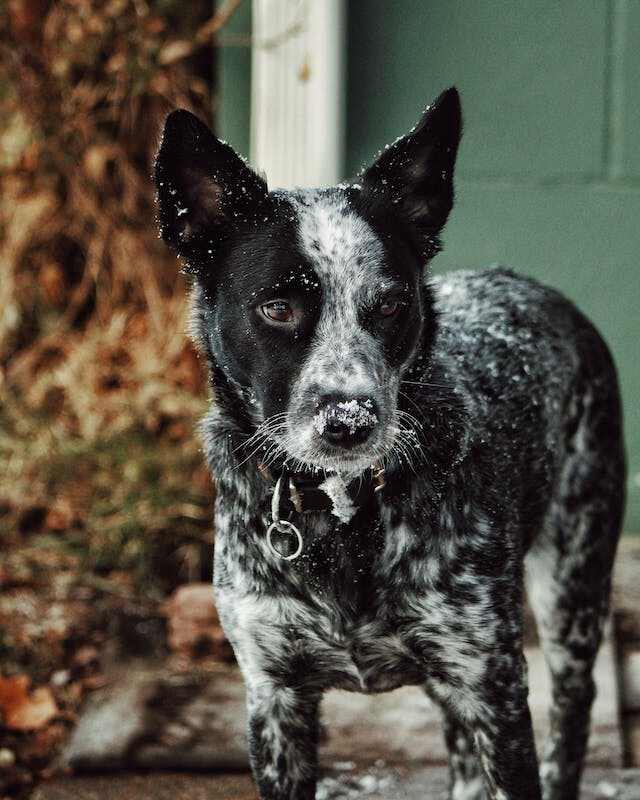
Inviting a furry friend into your family is a critical choice, one that comes with the duty of caring for them all through their life. Among the large number of contemplations, understanding the life expectancy of diverse dog breeds stands out noticeably. For many planned dog owners, the question What breed of dog is the longest living? is not only a casual question but a crucial factor to consider while selecting the ideal partner. In this extensive investigation, we dive deep into the complexities of canine life span, shedding light on the breeds known for their momentous lifespans and the secrets behind their persevering
Table of Contents
What breed of dog is the longest living?

Deciphering Canine Life span:
The lifespan of a dog is impacted by a heap of factors, ranging from hereditary inclinations to natural conditions, way of life choices, and healthcare hones. Whereas a few breeds show a common affinity for life span, others may face challenges that require proactive measures to guarantee a satisfying and healthy life.
Factors Shaping Canine Life span:
Hereditary Makeup: Hereditary qualities lay the foundation for a dog’s life expectancy, managing inclinations to different health conditions and affecting in general essentialness. Breeds with strong hereditary backgrounds are often blessed with longer life expectancies, while those tormented by hereditary sicknesses may face shorter life hopes.
Natural Impacts: The environment in which a dog resides plays a urgent part in forming its life span. Factors such as introduction to poisons, climate conditions, living space, and social intuitive can altogether affect a dog’s overall health and lifespan.
Wholesome Judgment: Satisfactory nourishment is vital for maintaining ideal health and extending a dog’s lifespan. A well-balanced diet custom-made to meet their particular dietary requirements fosters overall well-being, fortifies the safe system, and mitigates the risk of inveterate sicknesses.
Exercise Regimen: Regular physical activity is basic for advancing life span and improving the quality of life for dogs. Engaging in daily exercise not only fights off weight and musculoskeletal issues but also invigorates mental acuity and emotional well-being.
Preventive Healthcare: Routine veterinary care, including vaccinations, wellness screenings, dental cleanliness, and parasite control, serves as a foundation for protecting a dog’s health and life span. Timely intervention and preventive measures can obstruct the onset of infections and guarantee early location of potential health concerns.
Breed Spotlight:

While life span isn’t exclusively decided by breed, certain canine companions have earned approval for their exceptional lifespans and persevering vigor. Let’s sparkle the highlight on some of these remarkable breeds:
Chihuahua: Despite their diminutive stature, Chihuahuas boast an amazing lifespan, regularly outperforming the double-digit stamp and flourishing well into their young years. Famous for their feisty deportment and faithful devotion, these pint-sized companions oppose desires with their life span and flexibility.
Dachshund: With their particular stretched bodies and vivacious identities, Dachshunds fascinate hearts and resist maturing with their life span. Known to live well into their youngsters and past, these relentless dogs exemplify vitality and companionship all through their golden years.
Pomeranian: Pomeranians may be little in estimate, but their life span belies their stature. With proper care and attention, these soft bundles of joy can beauty families with their nearness for well over a decade, charming everyone they experience with their boundless energy and warm nature.
Australian Cattle Dog: Recognized for their insights, physicality, and unflinching devotion, Australian Cattle Dogs are also celebrated for their life span. With an normal lifespan spanning 12 to 16 years, these energetic canines flourish on mental incitement and physical activity, embodying versatility and vitality.
Yorkshire Even worse: Yorkshire Terriers, with their vivacious identities and lavish coats, are lasting favorites among dog enthusiasts. Despite their little stature, these energetic companions brag amazing lifespans, regularly surpassing 15 years with proper care and attention, thereby cementing their status as cherished family members.
Conclusion:
While hereditary qualities without a doubt play a significant part in forming a dog’s life expectancy, natural impacts, lifestyle choices, and healthcare practices collectively contribute to their longevity. By cultivating a supporting environment, giving wholesome sustenance, encouraging regular exercise, and prioritizing preventive healthcare, dog owners can optimize their furry companions’ well-being and maximize their lifespan. Eventually, in any case of breed, every dog merits a lifetime filled with love, companionship, and the opportunity to flourish in the embrace of a caring family. So, the next time you consider, What breed of dog is the longest living? remember that with commitment and sympathy, any dog can set out on a travel of enduring vitality and immovable companionship.
FAQ 1: What factors influence a dog’s lifespan?
Answer: A dog’s lifespan is influenced by various factors, including genetics, environment, nutrition, exercise, and healthcare. While genetics lay the groundwork for longevity, environmental factors such as living conditions, exposure to toxins, and socialization play significant roles. A balanced diet tailored to meet a dog’s nutritional needs, regular exercise to maintain physical and mental health, and preventive healthcare measures like vaccinations and wellness check-ups all contribute to a longer, healthier life for dogs.
FAQ 2: Are certain breeds predisposed to longer lifespans?
Answer: While no breed can guarantee a specific lifespan, certain breeds are known for their longevity due to their genetic makeup and overall health. Breeds like Chihuahuas, Dachshunds, Pomeranians, Australian Cattle Dogs, and Yorkshire Terriers are often cited as having longer lifespans compared to others. However, individual factors such as diet, exercise, and healthcare practices also play crucial roles in determining a dog’s lifespan, regardless of breed.
FAQ 3: How can I promote my dog’s longevity?
Answer: Promoting your dog’s longevity starts with providing a nurturing environment and meeting their basic needs. This includes providing a balanced diet, regular exercise, mental stimulation, and preventive healthcare. Ensuring your dog receives regular veterinary check-ups, vaccinations, and dental care can help detect and prevent potential health issues early on. Additionally, maintaining a safe and enriching living environment free from hazards and toxins can further contribute to your dog’s overall well-being and longevity.
